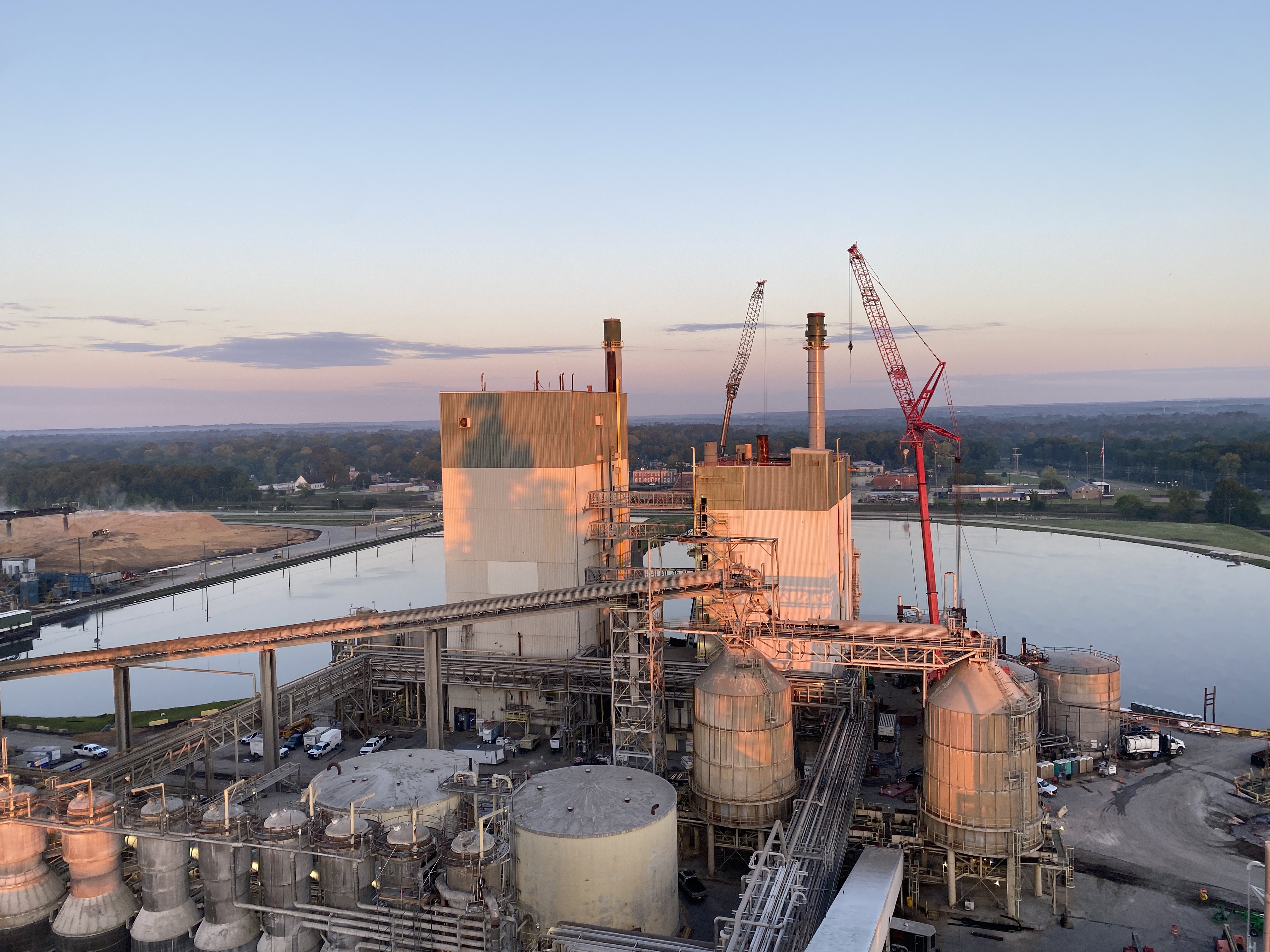Watch Your Wingman
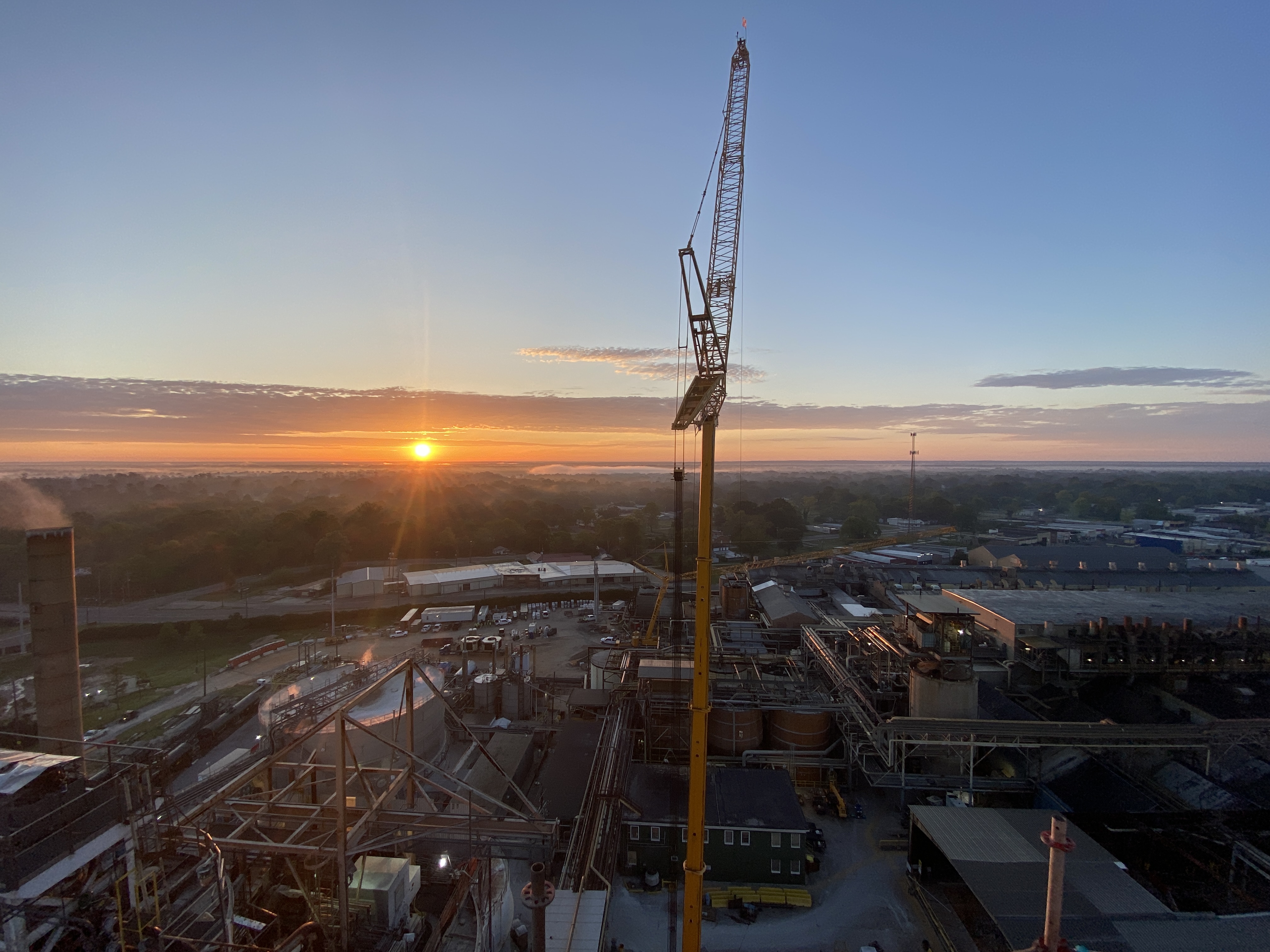
It’s rumored that the Eiffel Tower is so large, it takes a year for maintenance crews to finish painting its exterior, by which time they go back to the beginning and start again. The same could probably be said for a paper or pulp mill.
Our mills are so large and complex, a 20-day outage takes more than a calendar year to plan. Once it’s complete, our teams continue planning the next one for the following year.
A mill’s annual outage is the only time during the year when the process changes from its typical 24/7 run time. This downtime allows for scheduled maintenance, improvements and upgrades to ensure the highest level of quality.
Before The Outage
At the heart of any outage is collaboration and safety. Maybe you’ve seen the colorful stickers our team members use to advertise their mill’s annual outage slogan. It’s a point of pride to be part of a process with so many moving parts—and considering that the average outage can run for up to 22 days and nights, it’s a marathon of activity that requires all hands on deck!
Kalisa Hobbs, communications manager for the Louisiana region, says the outage is something that truly needs to be experienced to be understood.
It’s a time when teams demonstrate their resilience, efficiency and communication skills, as the normal daily mill staff of 200-300 employees is joined by upwards of 1,000 contractors who are specialized in performing mill maintenance.
To align expectations across so many people, every outage has a safety theme. For example, a recent theme at the Bogalusa, La. Mill was “Watch Your Wingman” – a reference to the recent Top Gun sequel and a reminder of how important collaboration and safety are during an outage.
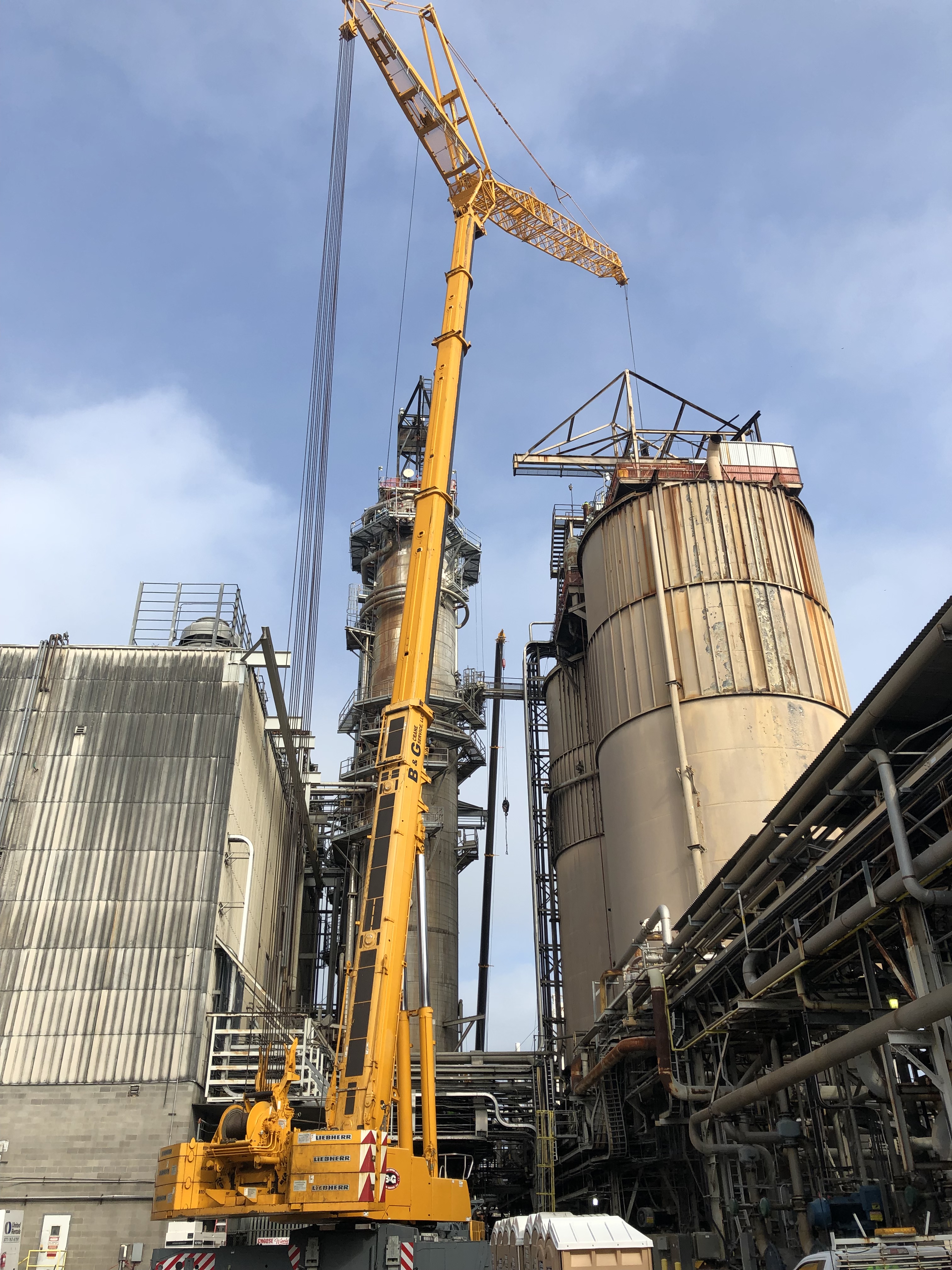
Making the Mill Town: Moving On-Site
Unlike the furnace in your home, a mill’s furnace is over 100 feet tall. According to Kalisa, rebuilding the furnace at Bogalusa required three weeks of pre-outage construction to assemble the scaffolding that enveloped the entire furnace. Two 500-ton cranes and two 100-ton cranes were onsite for the rebuild.
To complete the many projects of massive proportions during an outage, a team consisting of local and out-of-town contractors temporarily move in for 30 days, giving a boost to the local economy by eating meals and shopping in town.
At most mills, various projects are conducted simultaneously. With the extra construction machinery and additional personnel transforming the familiar mill environment into a hive of activity, safety is a top priority.
Some mill processes continue to run during the outage. Most containerboard mills only completely shut down all electric operations for 12 hours, and some maintain critical operations throughout the entire outage! The reason for maintaining power is because a paper mill power process is a closed loop, with heat energy moving through different areas of the mill in a highly efficient process where the only energy loss is through steam.
An outage is an exercise in trust and collaboration—a time when you most need your wingman.
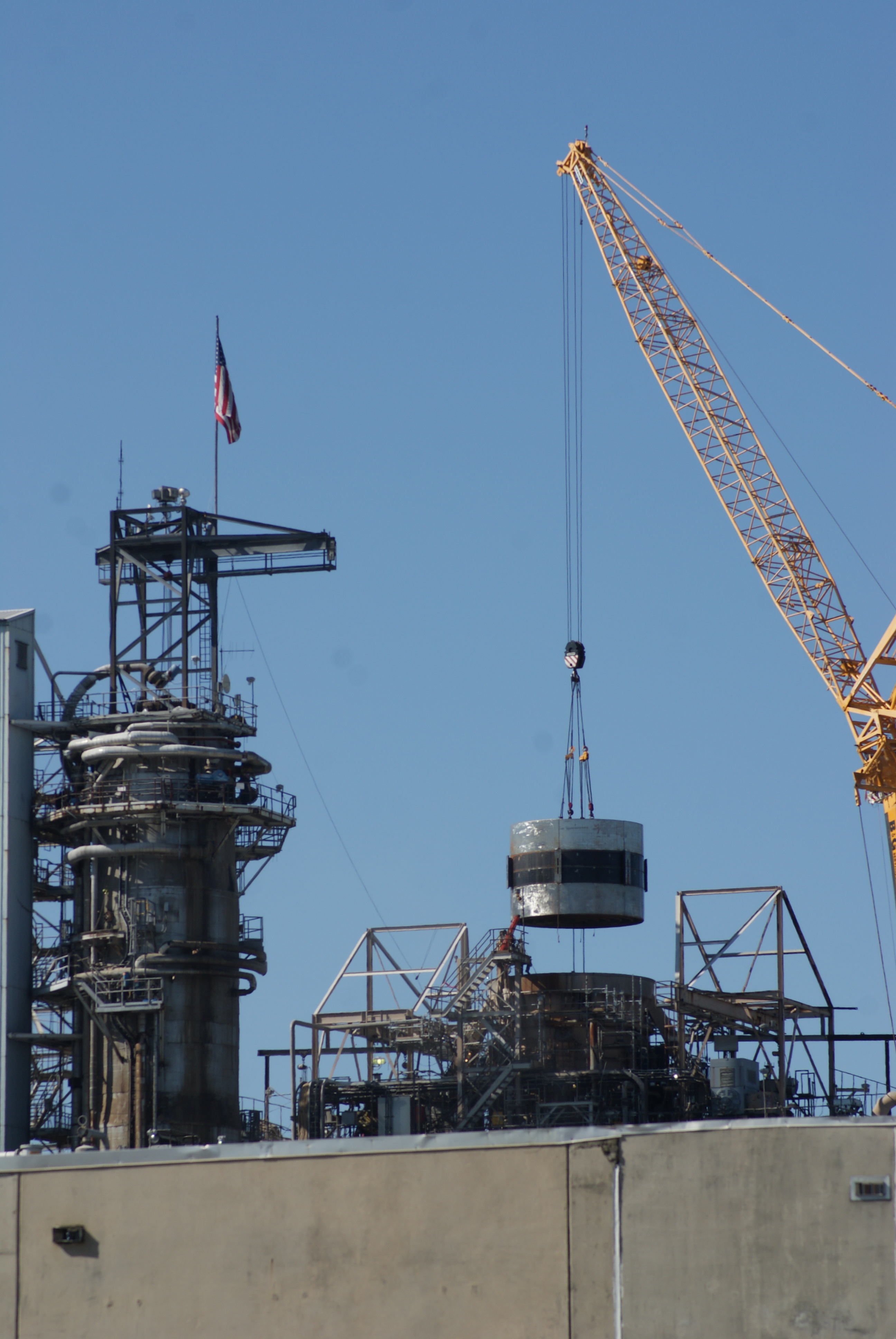
To avoid accidents in this flurry of activity, safety standards dictate a simple but effective tag system, which let any employee know when a machine or area of the mill is occupied. Every employee has their own lock-out tag, which they attach to a designated space before entering any machine or conducting any maintenance work. Lock-out tags are crucial because much of the machinery in the pulp process is so massive, it’s impossible to tell if a worker has entered the machinery based on first glance.
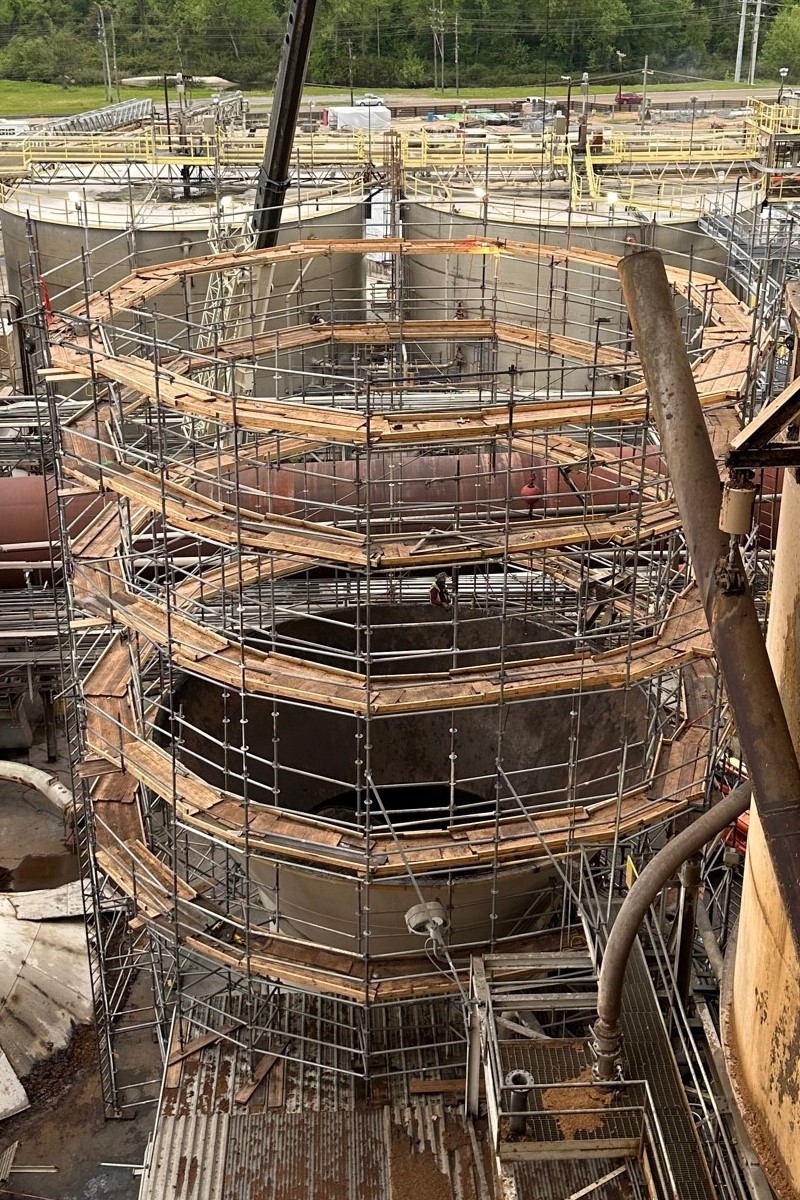
Deep in the Machine
An outage is one of the few times when mill employees can descend into the guts of the operation and appreciate the grandeur of the machinery they operate every day. Massive machines and vessels in the pulp process are necessarily closed off to people during operation—a lime kiln, for example, can reach over 3400 F—three times hotter than the surface of Venus, our solar system’s hottest planet.
Employees say that walking inside the shut-down kiln, guided by a flashlight, with the lime dust coating the floor, is like “being on the moon.”
An outage is an exercise in trust and collaboration—a time when you most need your wingman. The goal is always to perform the necessary improvements under time, under budget and without any safety or environmental incidents.
